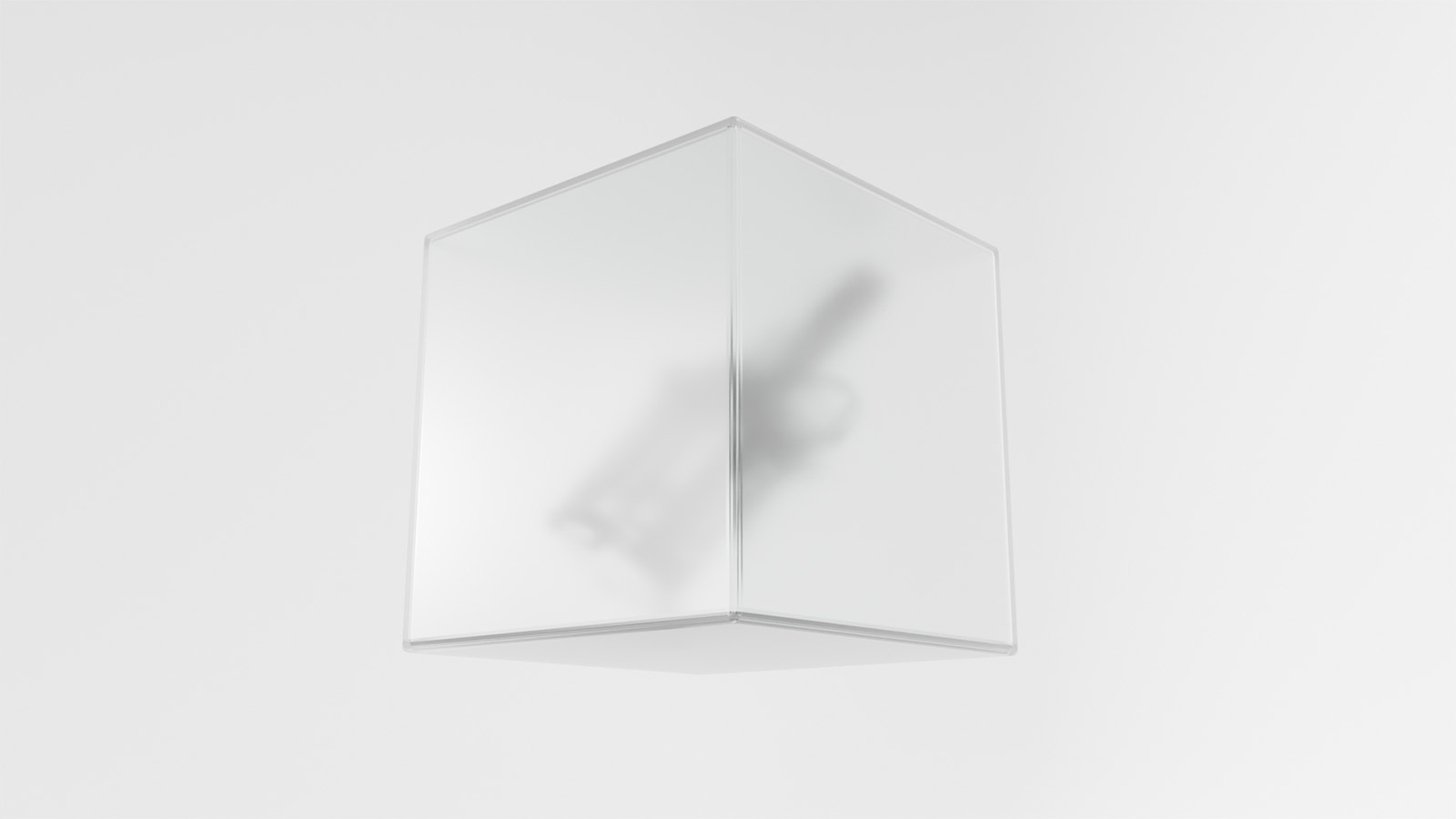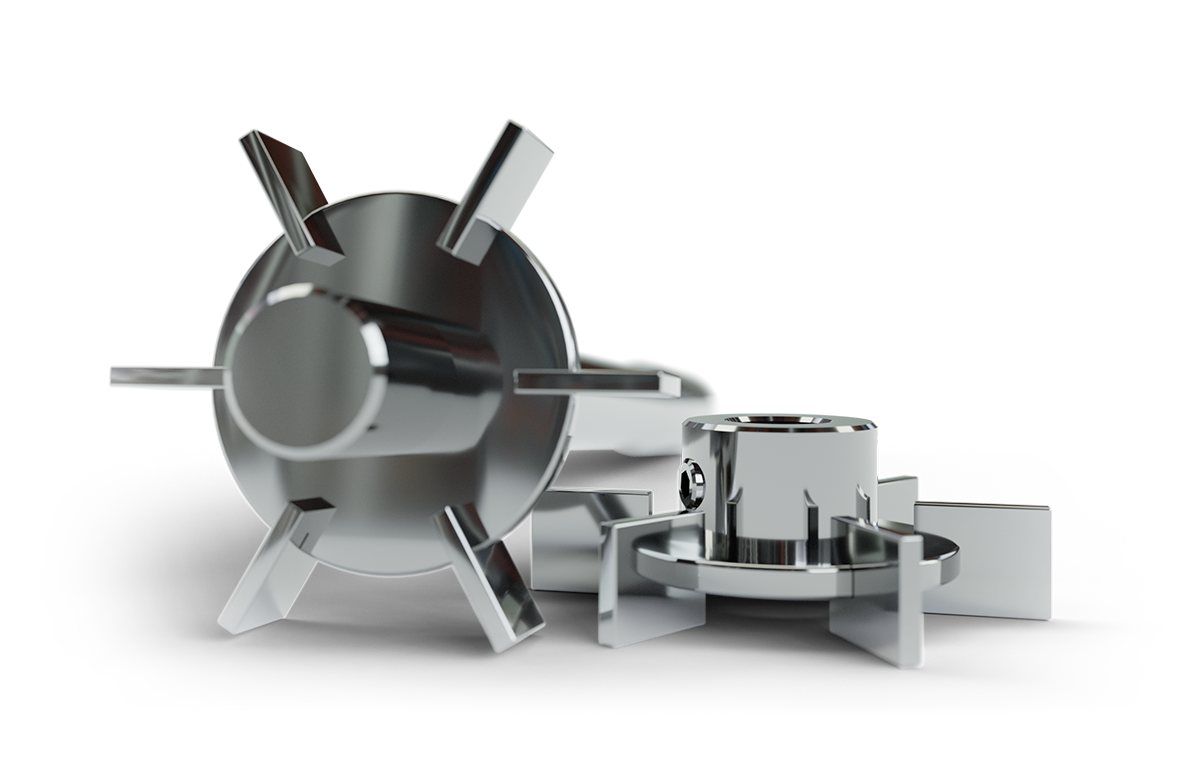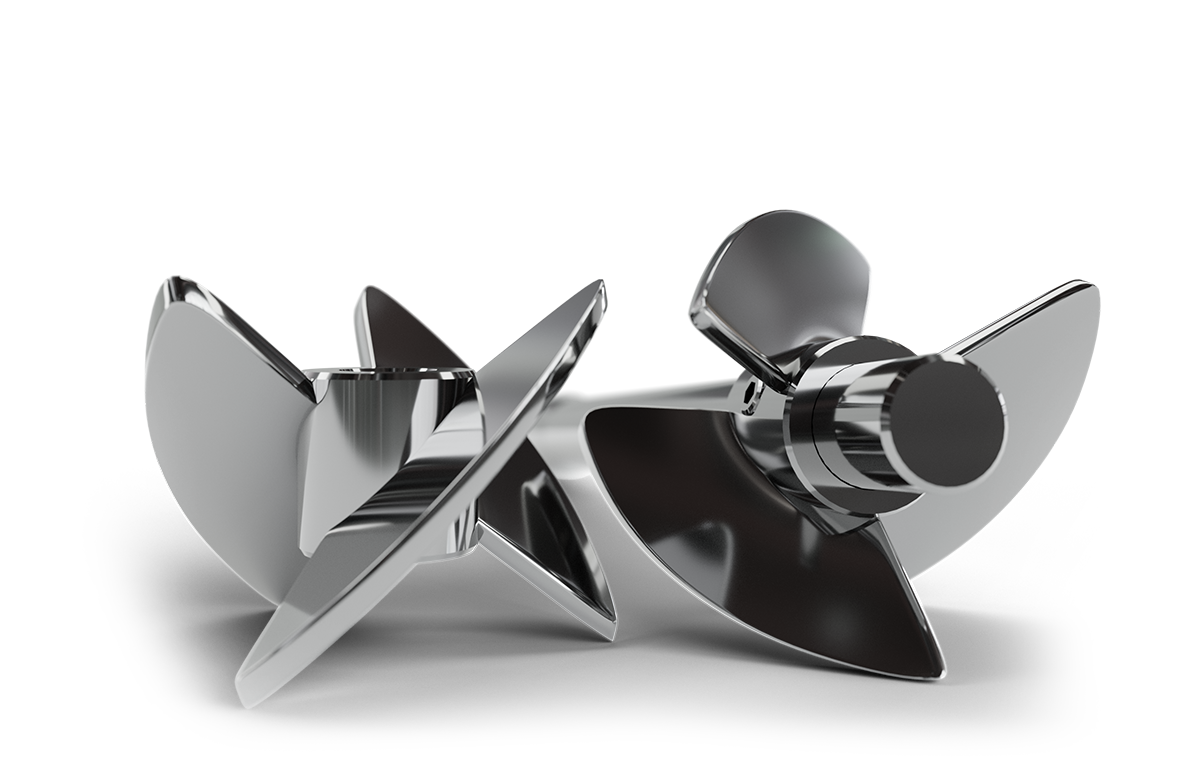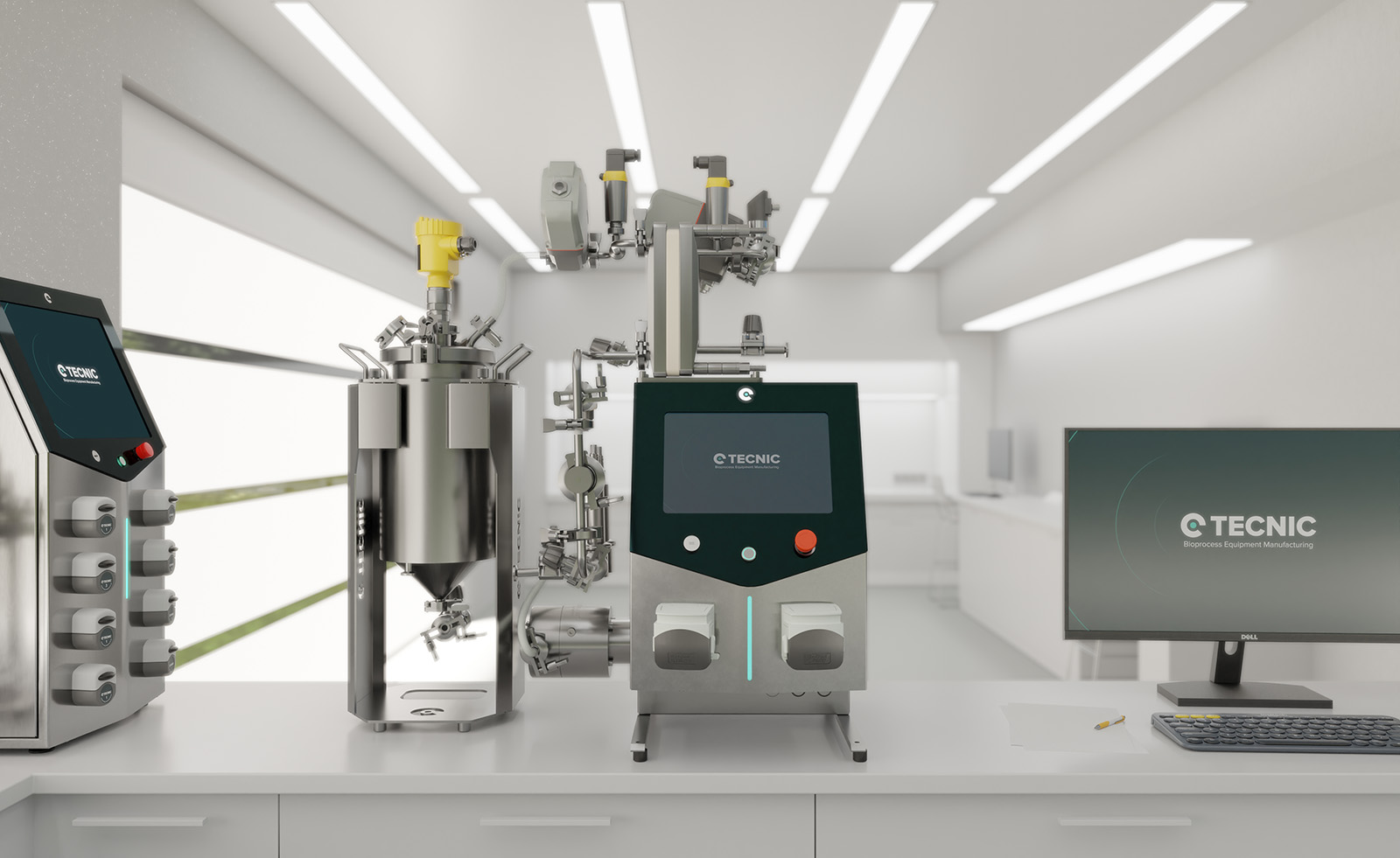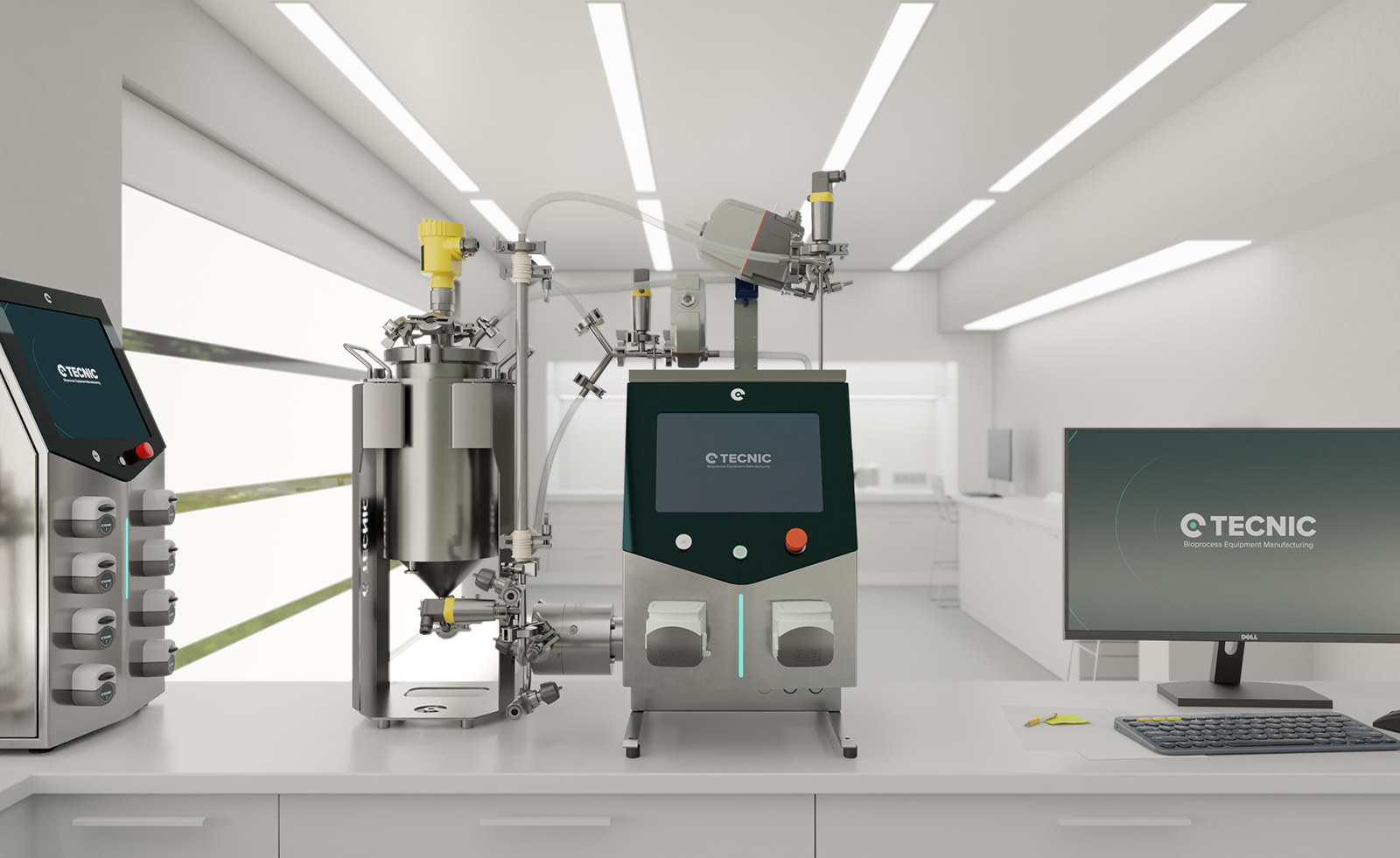Advancements in 3D printing and biomaterials for bioprocessing
3D printing technology has left a significant imprint across various industrial sectors, and the bioprocessing world is no exception. The ability to print three-dimensional objects using a wide range of materials has led to innovative advancements in manufacturing bioreactor accessories.
3D printing technology has revolutionized the production of bioreactor accessories. This technique enables the creation of three-dimensional parts swiftly and precisely. 3D printed accessories, such as rotors and magnetic stirring bars, can be customized to meet the specific requirements of the bioreactors. Furthermore, 3D printing enables the creation of complex geometries that enhance mixing efficiency and reduce the formation of dead zones within the bioreactor.
The application of biomaterials in the manufacturing of bioreactor components is of paramount importance. These materials play a crucial role in establishing optimal environments for cell growth and proliferation, as well as for the production of biomolecules of interest. The correct choice of biomaterials ensures the system's biocompatibility and safety, preventing adverse reactions and ensuring the integrity of the cultured cells. Moreover, biomaterials can also provide specific mechanical and physical properties, such as strength, flexibility, and selective permeability, which are crucial for the efficient functioning of bioreactors.
Additionally, the selection of appropriate biomaterials allows the modulation of cell-material interactions, promoting cell adhesion, growth, and differentiation.
- Tissue Engineering Scaffolds: Biomaterial scaffolds provide a three-dimensional structure that facilitates the growth and differentiation of cells in the creation of artificial tissues. These scaffolds can be of synthetic nature, such as biodegradable polymers, or of natural origin, such as extracellular matrix-derived tissues. They provide structural and mechanical support to the cells, enabling their growth and formation of functional tissues.
- Three-Dimensional Matrices: Biomaterials are used to create three-dimensional matrices that mimic the natural physiological environment of cells. These matrices can provide specific biochemical and physical signals that influence cell behavior, such as proliferation, migration, and differentiation. Additionally, three-dimensional matrices allow for cell culture under conditions closer to in vivo reality, enhancing the relevance and reliability of the obtained results.
- Surface Coatings: Biomaterials are used to coat the surfaces of bioreactors, enhancing cell adhesion and growth. These coatings can be designed to present bioactive and bioadhesive properties, promoting cell adhesion and preventing biofouling formation. Furthermore, they can modulate cell-material interaction, promoting controlled cell proliferation and differentiation.
- Controlled Drug Release Systems: Biomaterials are also employed to develop controlled drug release systems in cell culture. These systems allow for the sustained and controlled administration of growth factors, drugs, or therapeutic agents directly to the cells in the bioreactor. This facilitates the regulation of the cellular response, the enhancement of the culture performance, and the application of specific therapies.
At TECNIC, we apply this innovative technology in the creation of magnetic agitation systems, which are precisely incorporated into our eBAG 3D Tank ⇀. This approach allows us to optimize mixing processes, enhance the efficiency of our systems, and customize solutions to meet our customers' specific needs. Moreover, it facilitates rapid iteration and continuous design improvement, boosting our competitiveness and driving innovation in the bioprocessing market.






